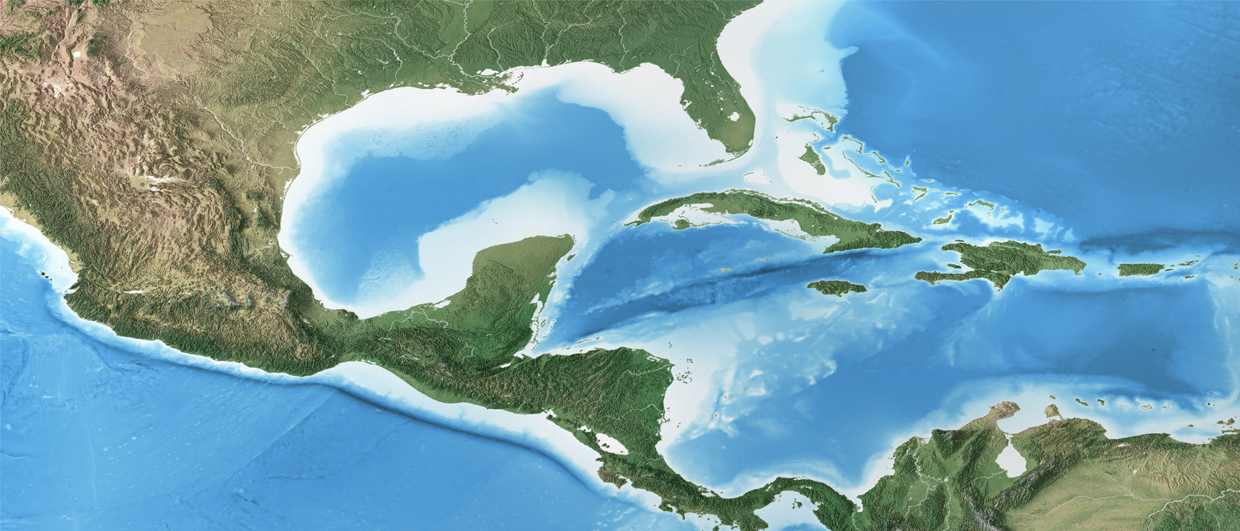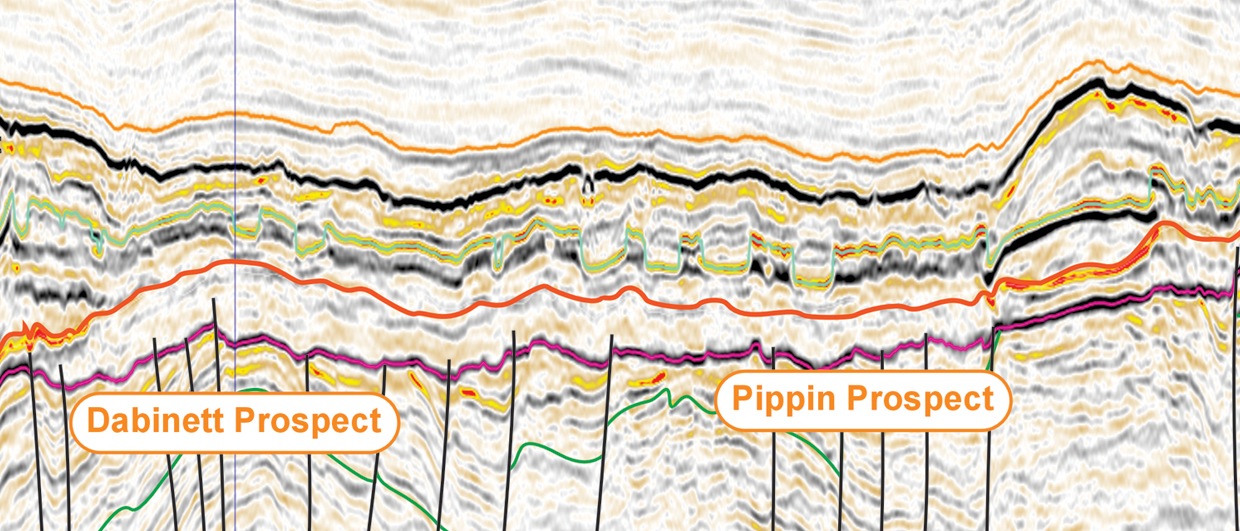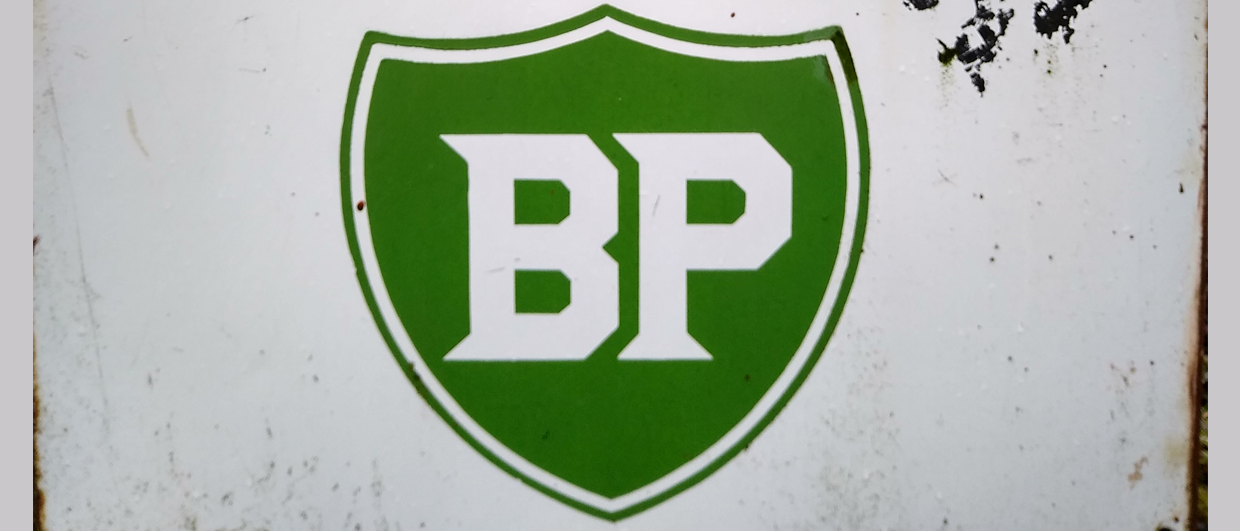In a recent initiative, the geological surveys of Netherland (TNO) and UK (BGS) has dived into the Pre-Permian plays of the southern and central North Sea, also including the Norwegian, Danish and German Continental Shelves. 15 E&P companies are sponsoring the project aptly named Paleo-Five. Promising results from precursor studies encouraged TNO and BGS to go on to this project.
The main objective is to establish an overview of the Paleozoic depositional system. In their work they will use cross-border log correlations, sedimentological fieldwork, together with organic geochemical analyses. Seismic interpretation will be conducted for a regional framework.
The project will also look closer into the pre-Westphalian source rock, the Westphalian here is part of the Pennsylvanian, the second half of the Carboniferous period. This Paleozoic petroleum system is important but poorly understood, according to the group.
The present production from Paleozoic age reservoirs is relatively scarce if we separate Permian carbonates and deep weathered/fractured basement as those reservoirs were modified Post-Paleozoic. On the UK Continental Shelf (UKCS), Auk and Alma fields produce oil from Late Devonian reservoirs, while Flora produces oil from Westphalian age reservoirs. Several gas discoveries are found in the Anglo-Dutch Basin and in the North German Basin, producing from reservoir rocks of Pennsylvanian age, a nice sum-up is presented in Monaghan et al. (2018).
On the Norwegian Continental Shelf (NCS) the only producing field is the Embla field in the Ekofisk unit, tied to the Eldfisk S facility. According to the Norwegian Petroleum Directorate (NPD), the field produces oil and gas from segmented sandstone and conglomerate of Devonian and Permian age. The reservoir lies at a depth of more than 4,000 meters and has high-pressure and high-temperature conditions (HPHT). It has a complex, highly faulted structure.
Repeated exploration of the Permian Rotliegendes on the NCS, with the Embla field as the only exception, has so far given no commercial success, and few other discoveries. Those are the 2/7-22 drilled by BP in the same block, with a reservoir similar to Embla, and 2/10-1 S ‘South East Eel‘, both drilled by BP Petroleum in 1990. The latest attempt at the Rotliegendes was Exxon’s 9/4-5 ‘Kogge‘ (2006) and ConocoPhillips 8/10-3 ‘Megalodon‘ (2010) prospects. The Megalodon-reservoir held good reservoir properties, but only found “dead oil and tarry oil stains“, and Kogge was water-wet with low-porosity sandstones, according to the NPD Factpages. The Permian Zechstein carbonates have neither given any positive outcome for the area drawn in the map on the NCS.
The mapping of the plays of the Paleozoic over the project area is also hampered by a lack of continuity across borders and different stratigraphic schemes, the aim is to synchronize these schemes.
Friso Veenstra (TNO) is coordinating the project.
Text: TERJE SOLBAKK
Map of the study area of the “Paleo-Five” project, modified from TNO.




